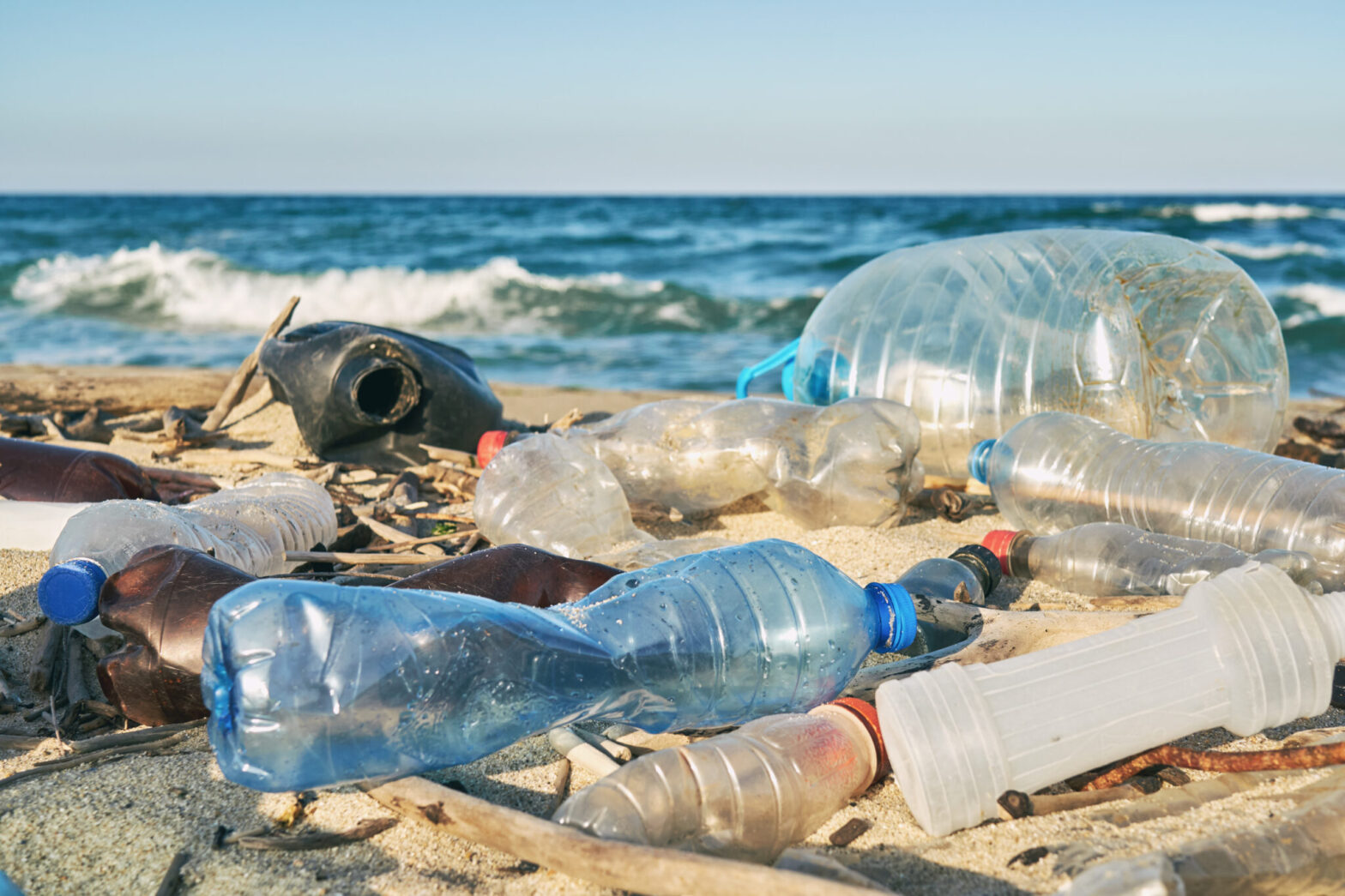Ewoud LauwerierPlastic Policy Expert
Our plastic-soaked lifestyle is harming the essence of life on Earth itself.
Plastic in human blood – How much more proof do we need before we act?
New research has found plastic particles in human blood samples. In 1972, we were warned for the first time about the dangers of plastic pollution, as researchers that year published two (1, 2) studies on the widespread presence of plastic particles in the ocean. In the following years, many other warnings followed confirming the spread of plastics all over the world seas. These early studies did not just take stock. They cautioned that plastic in the ocean is more than a litter problem, and expressed explicit concern about its negative consequences for the ocean’s ecosystems.
And more did come. (Micro)plastics, by now, have been observed in rivers around the world, at the highest peaks of the Alps and Himalayas, in Antarctic ice where krill source food, in soils where they influence the physical structure and chemistry, in the atmosphere through which they are transported to remote regions… They have been noticed to be absorbed by plants, and increasingly ingested by fish, birds, earthworms or insects … They have been detected in the air we breathe (in cities, as well as high up in the mountains), in the water we drink, in the food we eat. And, they have been found inside our own bodies.
Previous studies had already retraced plastics in human stool or placenta. And now, a recent study published in «Environment International» by scientists from the Vrije Universiteit Amsterdam has found it in human blood. Analysing blood samples from 22 anonymized, healthy adult donors from the general public, they found plastic particles in 17 among them. While the polymer types and concentrations varied considerably per sample, 50% contained PET, commonly used in drinks bottles, and 36% contained polystyrene, used amongst others for food packaging. 23 % finally, contained polyethylene, the material from which plastic carrier bags are made.
How much more proof do we need? Proof that plastic pollution is not just an issue of litter, and solving it not but a matter of better waste management. Proof that we produce too much of it. Proof that we consume too much of it. Proof that our plastic-soaked lifestyle is harming the essence of life on Earth itself. Proof that we humans are not, and cannot be disconnected from the rest of nature; that we are nature, and that when nature is harmed, we ultimately harm ourselves. Proof that we do know all of this already for long enough. Proof that we have enough proof.
Because, that’s the crux of the matter. We welcome this new study as a novel insight on the pervasive harm of plastics, and are – rightfully so – worried about possible implications for our health. But essentially, what does it tell us that we do not already know for 50 years now? Namely that plastics harm nature; and we are nature.
True, so far, we do not know precisely what is happening with the plastic in our blood, and what possible consequences could be. Yet, this should not prevent us from acting. Even to the contrary. By now, we should have learned that these kinds of new insights quite never turn out to be benign; that further research will not suddenly proof that something harmful as by wonder does not harm us. Of course, we can continue on the path of postponement and self-delusion. Telling ourselves that we need further research, more studies, more data; we can complacently hope that all this knowledge will one day enable us to scientifically manage the Frankensteins we created. Or, we could for once and for all change the paradigm. The finding of plastics in our blood could bring us to finally embrace precaution and prevention as key principles of our actions. Yes, we do not know exactly how (much) the plastic in our blood harms us, but do we really want to wait to find out before we choose to act decisively against it? Do we really want to wait to find out how it potentially could interact with all those other pollutants we impose upon ourselves and the rest of nature?
A truly precautionary approach is not about blocking all innovation, it is not about prohibiting any development of something new. But it is about not making ourselves the unvoluntary guineapigs of such innovation. It is about prudence in our actions and modesty on how much we can grasp the consequences of unbridled developments. It is about recognising that we are part of an utterly complex and fascinating web of life we far from really understand. It is about putting wellbeing above economic profit. It is about not waiting for proof upon proof regarding a harm we already well enough are aware of. The finding of plastics in our blood is yet another proof of such harm. It is yet another proof that there is much too much plastic. It is yet another proof that plastics are a pervasive pollutant. It is yet another proof that we have to drastically reduce our plastic addiction and create a society much less dependent on it. Let the finding of plastic in our blood be the last proof; the proof that does not need another one. The proof that brings us to act, to truly act, to decisively act.
ADDENDUM: A bit more than a week after I wrote this text, new research accepted for publication has found microplastics deep in the lungs of living people for the first time…. Indeed, how much more proof do we need?!

